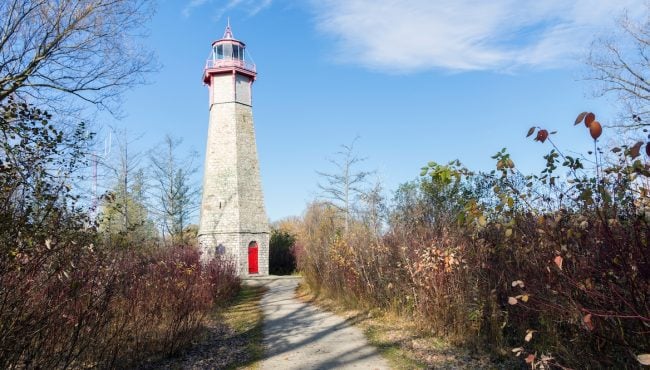You’ve seen the red pandas and the tiger cubs at the Toronto Zoo, but you may not have had the chance to meet the zoo’s resident Pokemon, a 9-year-old Matschie’s tree kangaroo named Puzzle.
Native to the Huon Peninsula on the island of Papua New Guinea, Puzzle is one of just 2,500 tree kangaroos estimated to live in the wild, making them an endangered species, lead zookeeper Ryan Hegarty told Curiocity in an interview.
“She’s so interesting and different from a lot of animals,” said Hegarty, who has been working with Puzzle for just over a year. “A lot of people don’t know what a tree kangaroo is […] I’ve had some people say that she looks like a real-life Pokemon.”
Related Posts
An endangered tiger at The Toronto Zoo just welcomed three baby cubs
This viral throwback video of a Toronto Zoo panda battling a snowman will make your day

According to Hegarty, it’s believed that millions of years ago, all kangaroos actually lived in the trees and they evolved to come down to the ground. To this day, there are 14 species of tree kangaroos that mostly live on the islands surrounding Australia.
Puzzle is described as a very curious creature who loves playing with her enrichment toys, hopping around her climbing structure, and munching on broccoli. “She’s very adorable and very comfortable around us,” said Hegarty.
“The best time to come visit her is first thing in the morning or towards the evening, around when the zoo first opens and around the time it closes. That’s when she tends to be the most active,” he added.
Tree kangaroos are sensitive to noise so visitors should be extra quiet when they’re in her space, which is in the first exhibit of the zoo’s Australasia Pavilion.
View this post on Instagram
Sadly, though, Puzzle won’t be living at the Toronto Zoo for very much longer. She’s part of a species survival program, so she will be sent away to be paired with a mate at another zoo as early as next spring.
The keepers at the Toronto Zoo are heartbroken at the thought of her departure, but according to Hegarty, “it’s for the greater good.”
“She’s going to be paired up and hopefully be able to reproduce and contribute some baby tree kangaroos to the population and further spread the message of what’s happening with them in the wild and to be a representative for their wild counterparts.”





